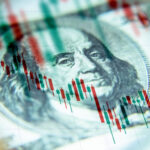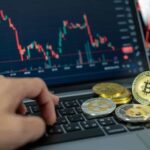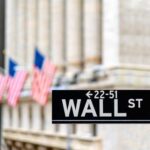Crypto traders often do not pay enough attention to how the supply of cryptocurrencies can increase and inflate. Understanding this can give investors an edge in the cryptocurrency market.
With this in mind, Finbold examined the economics and supply aspects of Cardano (ADA) in a new way. Data from leading market indexes can show what happens when Cardano’s supply goes up. In this analysis, we can forecast Cardano’s price if it reaches its highest market value again.
When a crypto asset has a growing supply, it needs more buyers to keep its price stable. The relationship between demand and an increasing supply decides if a crypto’s price will go up or down. Each crypto, like ADA, has its own set of supply rules, often called tokenomics.
Cardano had an all-time high market cap of $101.167 billion on September 2, 2021, according to TradingView’s CRYPTOCAP index. Meanwhile, the token traded for as high as $3.10 on the same day, as registered by CoinMarketCap. An inverse calculation suggests a circulating supply of around 32.63 billion ADA at that time.

Cardano supply inflation and its economic effects
Let’s explore ADA’s supply inflation and its economic implications. As of this writing, Cardano has a circulating supply of 35.29 billion ADA. This results in a supply inflation of 2.66 billion ADA (8.15%) in two years, or around 4% a year.

The price projection also shows the massive economic effects of this inflation. In case the Ethereum competitor reaches its highest speculative demand of $101.167 billion market cap, ADA would trade at a proportionally lower price than the corresponding all-time high.
Considering the circulating supply on November 24, Cardano would be priced at $2.86 per token at its highest capitalization. Interestingly, a loss of $0.24 (7.74%) from the previous price of $3.10 in 2021.
However, this still indicates a potential 630% increase from the current price of $0.39 by press time.
It is important to understand that the forecast requires the same demand as 2021 for Cardano. In this context, there are no guarantees that this demand will ever be seen again. On the other hand, it is also possible that a higher demand surges in the following years.
Disclaimer: The content on this site should not be considered investment advice. Investing is speculative. When investing, your capital is at risk.









